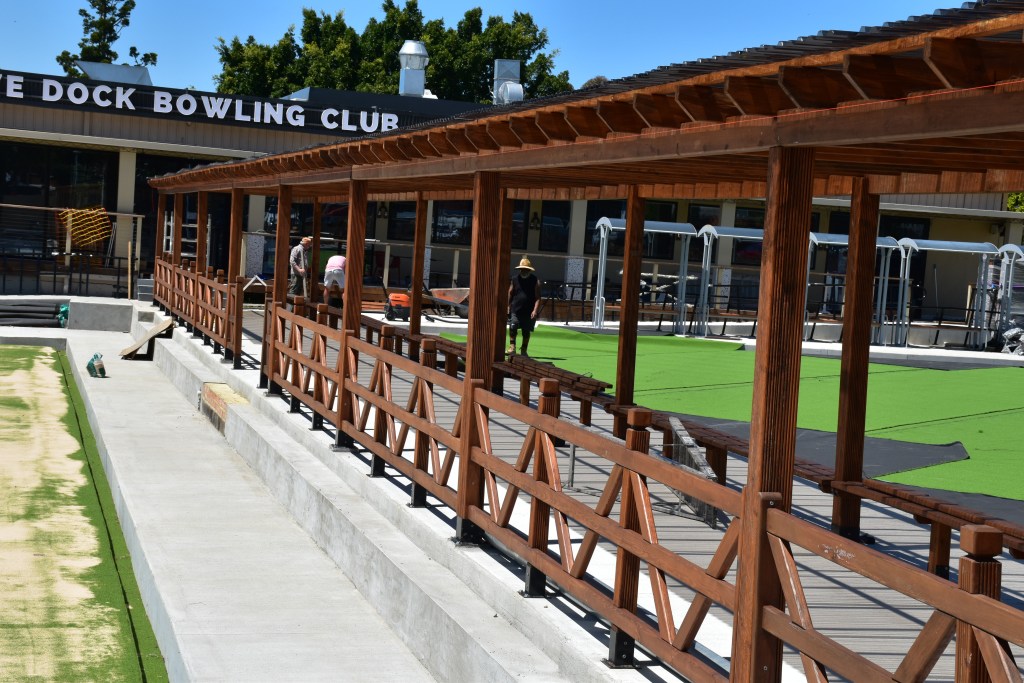The local bowlo faces an uncertain future with Sydney losing nearly half its bowls clubs in the past 40 years with no new clubs being established in the 15 years to 2020, according to a new study from UNSW. In total, the number of bowls clubs in Sydney decreased from 210 in 1980 to 128 in 2022 with the attrition rate increasing recently. There have been 51 club closures in the past decade alone.
Of the 128 remaining bowling clubs in Sydney, 96 are independent, and 28 have amalgamated with another club, with mixed results. Private or government agencies own the other four. While some are heritage sites, many more sit on prime real estate and are targets for redevelopment, depending on land ownership and zoning.
Despite bowling greens being a centrepiece of the typical Australian suburb for more than 150 years, researchers from the School of Built Environment at UNSW Arts, Design & Architecture analysed the long history of closures and land use changes of bowling clubs in Sydney.
“Bowling clubs have traditionally been a fixture of the suburban landscape in the big cities, and country towns too. But there has been a notable fall in their numbers over the years. Many that have survived have also significantly changed their operations,” says co-author of the study, Professor Robert Freestone.
The mass closures have coincided with a decline in the popularity of the sport and a rise in other competing claims on leisure time. It’s estimated that the number of registered playing members has more than halved across Sydney since 1980.
“Australia had a very strong post-war leisure boom. There were often many sports clubs in one suburb, including an abundance of bowling clubs. Having multiple clubs in some suburbs just couldn’t be sustained over time,” says Louis Heath, a city planning graduate and lead author of the study.
“Clubs are looking to survive, but if it gets to a point where they don’t see a sustainable future, they may look to sell and amalgamate,” Heath says. “Or rather than selling the entire club, they sell portions off, like one of their bowling greens, and the sale can secure their future.”
But despite their thinning numbers, clubs are evolving beyond just their sporting function to become important social hubs, the authors say with many relaxing their rules to appeal to social players and reinventing themselves as hybrid sporting clubs with the occasional barefoot game.

See the story on the revival of Five Dock Bowling Club here.
“Bowling clubs are much more than a destination to play lawn bowls. They are a place to engage with your local community and make friendships,” Heath says. “The relaxed vibe and the affordable beer in an unpretentious setting still resonates with Australians.”
The few thriving clubs have become even more open and innovative in recent times. Many have invested significantly in live music, entertainment and dining to attract a more diverse crowd.
“They cater well to the older generation, who are the keen bowlers, but also allow younger people to come and host different events,” Heath says. “There might be less emphasis on the bowling, but the clubs themselves can be a big part of people’s lives.”
Bowls Australia has been contacted for comment.
Read all about Newport Bowling Club teaming up with Newports RSL to create a music hub in the next Club Management magazine, free for club managers.


